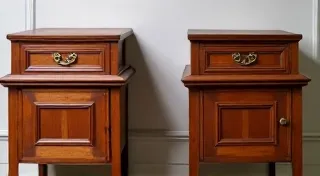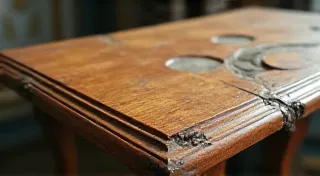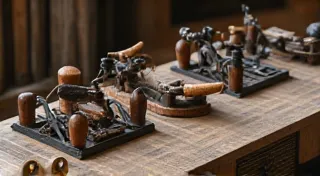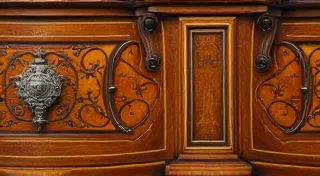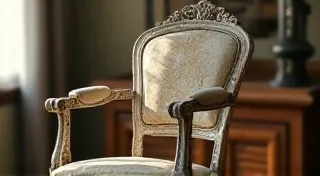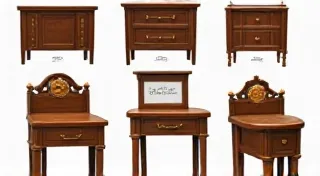Restoring Inlaid Details: Mother-of-Pearl and Other Materials
Antique furniture often boasts intricate inlaid details – shimmering mother-of-pearl, delicate ivory, vibrant woods, or even metal accents. These embellishments add significant beauty and value, but time and handling can take their toll. Damage can range from loose inlays to chips, cracks, and fading. This guide explores techniques for restoring these beautiful elements, preserving the furniture's original character and increasing its worth. Understanding the materials involved is key to a successful restoration.
Understanding Inlay Materials
Before you begin, identify the materials used in the inlay. Common materials include:
- Mother-of-Pearl: Known for its iridescent sheen, derived from the inner layer of certain shells. It's relatively brittle and prone to chipping.
- Ivory: Historically used for inlays, especially in high-end pieces. It’s porous and can yellow with age. (Please be aware of legal restrictions regarding ivory restoration; ensure compliance with all applicable laws.)
- Exotic Woods: Ebony, rosewood, and other rare woods were often used to create stunning inlay patterns. These can become brittle and discolored.
- Veneer: Thin slices of wood, often intricately patterned and applied to the furniture surface.
- Metal: Brass, silver, or other metals were used to accent the design.
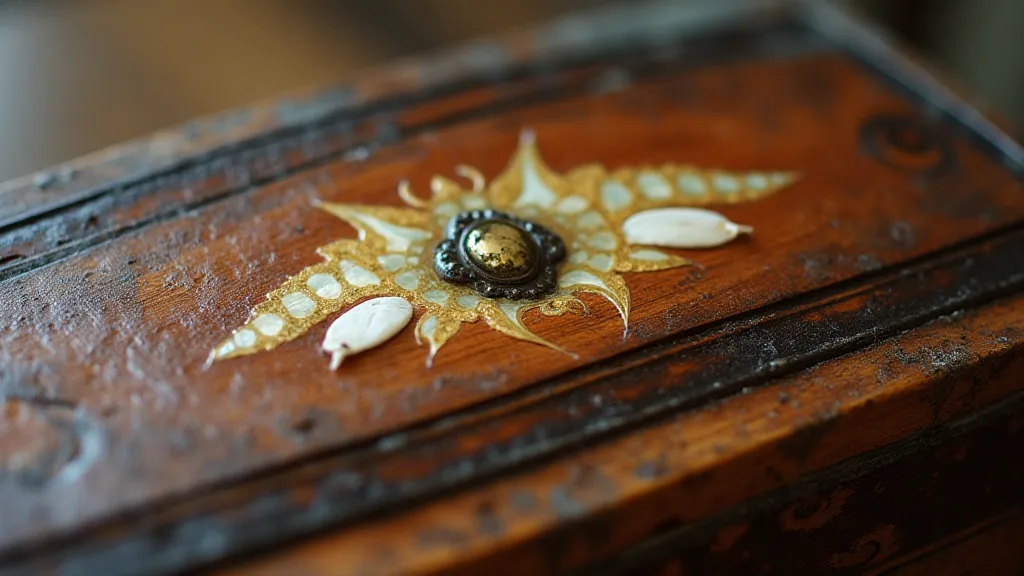
Assessing the Damage
Carefully examine the inlaid areas to determine the extent of the damage. Note any of the following:
- Loose Inlay: The inlay is no longer securely bonded to the furniture.
- Chips or Cracks: Small pieces of the inlay are missing or fractured.
- Discoloration: The inlay has faded or yellowed.
- Missing Pieces: A significant portion of the inlay is absent.
Restoration Techniques
The best approach depends on the material and the severity of the damage.
Securing Loose Inlay
This is the most common issue. Carefully clean the area around the loose inlay with a soft brush and mild cleaner. Apply a reversible adhesive (such as a conservation-grade PVA glue) to the underside of the inlay and carefully press it back into place. Protect the surrounding wood with masking tape to prevent adhesive spillage. Use a clamp or weight to secure the inlay until the adhesive is completely dry. Remember, reversibility is key in antique restoration – the repair should be able to be undone if necessary.
Repairing Chips and Cracks
For small chips, carefully fill the void with a conservation-grade epoxy mixed with finely ground material that matches the inlay’s color (e.g., matching wood dust or powdered shell). Apply the filler in thin layers, allowing each layer to dry completely before applying the next. Smooth the repair flush with the surrounding surface using a sharp blade or scraper. For larger gaps, consider using a similar epoxy filler, but be mindful of maintaining the original detail.
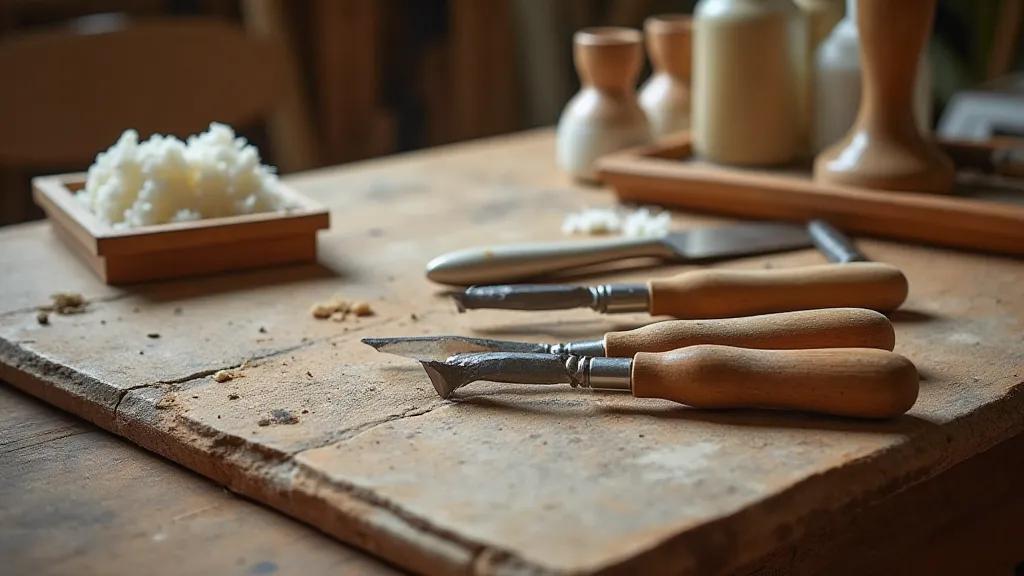
Addressing Discoloration
Mild discoloration can sometimes be lightened with gentle cleaning. For more significant discoloration, consult with a professional conservator. Attempting to bleach or chemically alter the inlay can easily damage it irreparably. Patience and a gentle approach are vital.
Dealing with Missing Pieces
Replacing missing inlay pieces is the most challenging aspect of restoration. If the missing piece is relatively small and not crucial to the overall design, a skilled woodworker or inlayer may be able to create a replacement. However, matching the original material, color, and grain pattern can be extremely difficult. If the missing piece is significant, consider leaving the area as is, carefully documenting the damage and explaining the history of the loss. A skilled conservator might integrate a subtle repair that blends in with the original pattern, but this requires a high level of expertise.
Important Considerations & Safety
- Reversibility: Use only reversible materials and techniques.
- Documentation: Photograph the piece before, during, and after restoration.
- Ventilation: Work in a well-ventilated area, especially when using adhesives and solvents.
- Safety Gear: Wear appropriate safety gear, including gloves, eye protection, and a respirator when necessary.
- Professional Help: For valuable or complex pieces, consider consulting with a professional conservator.
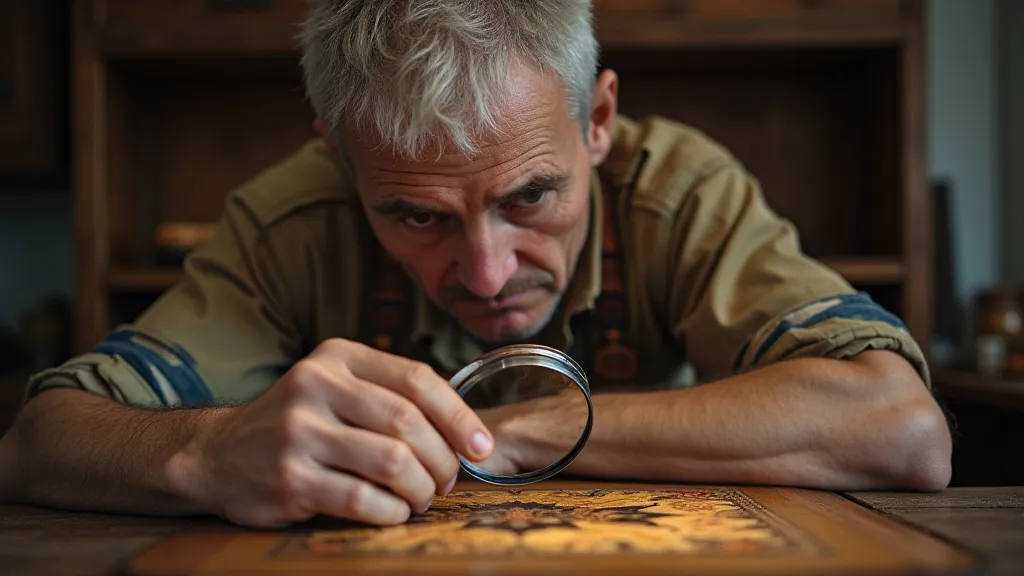
Restoring inlaid details on antique furniture requires patience, skill, and a deep respect for the piece’s history. While challenging, the reward of preserving these exquisite embellishments is well worth the effort.
